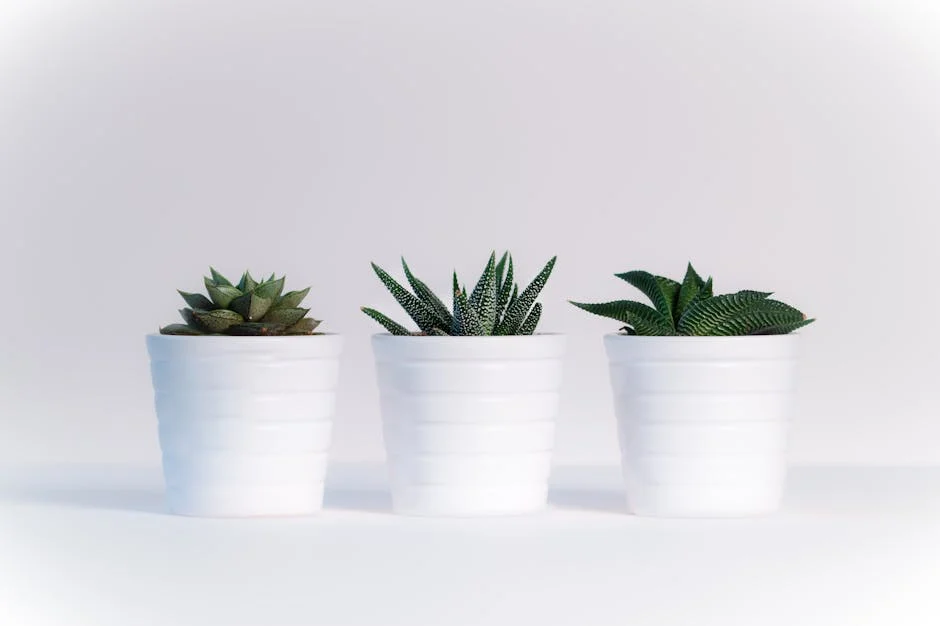Pots
Introduction
Pots are fundamental tools used in kitchens, gardens, and homes worldwide. From cooking and planting to decorating and storage, their versatility makes them indispensable. This article explores the diverse world of pots, covering materials, types, uses, and how to choose the right one for your needs.
Main Sections
Types of Pots
The world of pots is vast and varied. Understanding the different types is key to selecting the perfect one.
- Cooking Pots: Designed for cooking on stovetops or in ovens. Examples include saucepans, stockpots, Dutch ovens, and frying pans.
- Flower Pots: Used for growing plants, both indoors and outdoors. They come in a wide array of sizes, shapes, and materials.
- Storage Pots: Ideal for storing food, spices, dry goods, or other household items. Think canisters, jars, and containers.
- Decorative Pots: Used purely for aesthetic purposes. These can be vases, planters, or simply ornamental pieces.
Materials Used in Pot Manufacturing
The material of a pot significantly impacts its performance and suitability for different tasks.
- Ceramic Pots: Known for even heat distribution. Often used for cooking and planting.
- Metal Pots: Durable and heat-conductive. Common materials include stainless steel, aluminum, cast iron, and copper.
- Plastic Pots: Lightweight and inexpensive. Primarily used for gardening, but some food-grade plastics are used for storage.
- Glass Pots: Allows you to see the contents. Used for cooking, baking, and storage.
- Terracotta Pots: Porous clay that allows air and water to move through the soil, ideal for certain plants.
Choosing the Right Pot for Your Needs
Selecting the right pot depends on its intended use. Consider these factors:
- Purpose: What will you be using the pot for? Cooking, planting, storing, or decorating?
- Material: Choose a material that is suitable for the intended use. For example, stainless steel for cooking or terracotta for plants.
- Size: Consider the size of the pot needed for the task. A small saucepan for sauces versus a large stockpot for soups.
- Durability: Look for pots made from high-quality materials that will last.
- Maintenance: Consider how easy the pot is to clean and maintain.
Caring for Your Pots
Proper care extends the lifespan of your pots and keeps them performing optimally.
- Cleaning: Use appropriate cleaning methods for the material. Avoid abrasive cleaners on delicate surfaces.
- Storage: Store pots in a dry, safe place to prevent damage.
- Maintenance: Season cast iron pots regularly. Repot plants when they outgrow their container.
Conclusion
Pots are essential items for various tasks, and understanding their different types, materials, and uses is crucial for making informed choices. By considering the factors outlined in this article, you can select the perfect pots for your cooking, gardening, storage, and decorative needs, ensuring years of reliable performance.














Post Comment